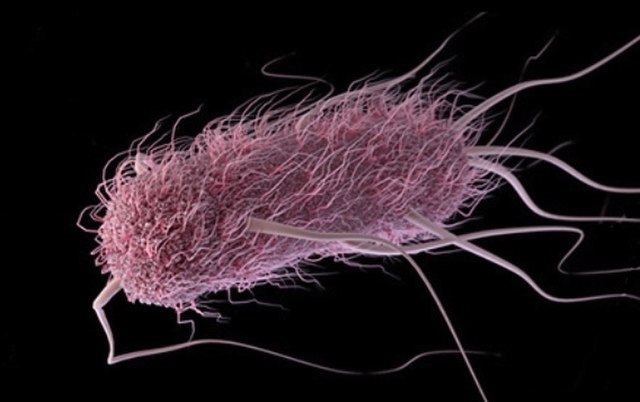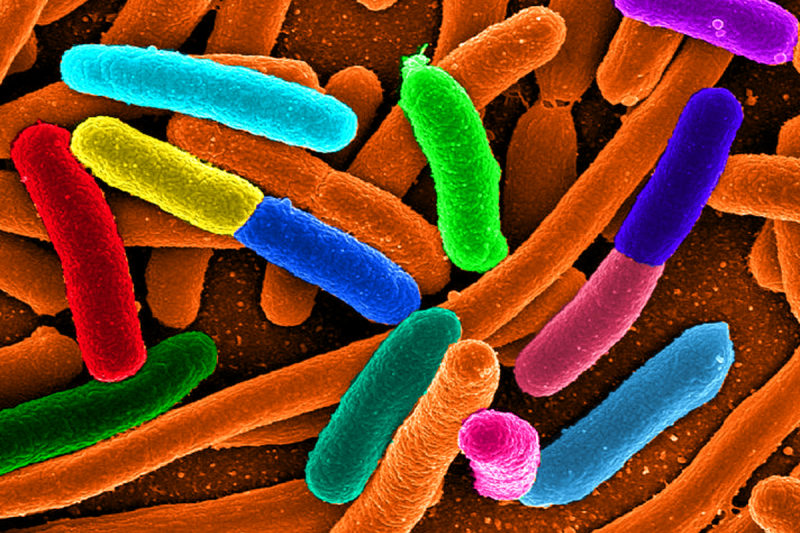When we think of bacteria, we think of simple single-celled organisms that basically exist to consume resources and reproduce. They don’t think, feel, or remember… or do they? Bacteria don’t have brains, and as far as we know, they’re incapable of thought. But could they react to an experience and recall it later?
New research suggests that some bacteria could have a rudimentary form of memory of their experiences in the environment. They could even pass this memory down across generations via a unique mechanism. Let’s dive into the latest research that is investigating just what bacteria know, and how they happen to know it.
You’ve Been Here Before
In a groundbreaking study undertaken at the University of Texas, researchers have uncovered a surprising capability in bacteria: the formation of memory-like responses. These findings have challenged our understanding of bacterial behavior and could open new avenues in microbial research. “Bacteria don’t have brains, but they can gather information from their environment, and if they have encountered that environment frequently, they can store that information and quickly access it later for their benefit,” said lead author Souvik Bhattacharyya, who studies antibiotic resistance in bacterial swarms.
The study focused on Escherichia coli, a model organism, to observe how bacteria respond to environmental stimuli. The research team found that E. coli can effectively store data of past encounters with specific conditions. Cellular iron levels are used to “remember” behavioural patterns. This phenomenon, described as an iron-based memory, enables bacteria to react more efficiently to familiar stimuli by drawing on this memory.
Bacteria, devoid of neurons and a nervous system, use iron levels as a cue to form memory-like responses. High iron levels in the single-celled organisms cause the bacteria to form biofilms and remain relatively stationary. Conversely, bacteria with low iron levels tend to undergo a swarming behavior, where bacteria move collectively over a surface. Remarkably, once exposed to low iron levels and an initial swarming event, the bacteria seem able to “recall” this state in future. When put in a similar situation again, these bacteria showed improved swarming ability, as if they had remembered how from their past encounter.

Of course, it bears noting that bacteria don’t have the longest lives. However, the iron-based memory can be passed down through the generations. It’s not permanent, but can last through up to four generations. They’re entirely eliminated naturally by the seventh generation. Artificial manipulation of iron levels can extend this duration, suggesting a complex interplay between environmental factors and bacterial behavior.
The current working theory is that the bacteria are primed to swarm in low-iron environments so they can seek out more iron to sustain themselves. In a high-iron environment, there’s no need to waste energy moving about, so remaining stationary in a biofilm makes more sense to use the available resources already on hand.
This research has significant implications for combating bacterial infections and antibiotic resistance. Understanding how bacteria remember and respond to stressors like antibiotic exposure could lead to more effective therapeutic strategies. Iron levels, in particular, could be a target for new treatments, as they play a crucial role in bacterial virulence, according to Bhattacharyya,
The discovery of a rudimentary form of memory in bacteria is a major gain in the field of microbiology. It highlights that these microorganisms are far more sophisticated than we might otherwise imagine. It also underscores the need for continued research in understanding bacterial behaviors. This knowledge is vital for developing new strategies to fight bacterial infections and tackle antibiotic resistance. These problems aren’t going away anytime soon. Any research that can enlighten us further as to the secrets of bacterial behavior could be of great value in tackling these issues.
Featured image: “Diverse e Coli” by [Mattosaurus]

















Hmm, I thought it would have been something to do with epigenetics. Guess if you ever need a bacteria to testify for you it’ll have iron clad recall.
Next up read on epigenetic markers and how humans and arguably any organism can pass “memory” along generations.
https://en.wikipedia.org/wiki/DNA_methylation
These markers are erased between generations and re-established anew. They basically program which bits of the genome are to be used, except some bits always carry over from parent to offspring when the erasure isn’t complete or the markers are modified. For example, insulin response and the tendency to develop diabetes can be influenced by whether your parents experienced a shortage of food.
Giving our offspring a leg up on environmental conditions that could affect it.
Like an evolutionary short term memory. People just live so long and move from place to place that it’s no longer that relevant.
“These markers are erased between generations and re-established anew.”
So, what you’re saying is that genetics is why history repeats itself.
B^)
On a more serious note, epigenetics is one suggested reason why people turn out with mismatched features. Homosexuality for example runs in families, but there’s no identifiable genetic cause for it.
Failure to erase the markers is like getting a blueprint of a house with penciled in notes that describe the previous house you built – the one with a different interior wall layout and a pool. When the subcontractors get a copy of that, they don’t know what’s relevant and what isn’t – so you end up with electric sockets in weird places and plumbing that goes nowhere.
Yea, if you want to see this idea completely fleshed out check out Mike Levin’s work: https://www.youtube.com/watch?v=L43-XE1uwWc
The Cliffs Notes: he’s using machine learning to decode a high-level programming language of electro-chemical signaling that multi-cellular organisms use to coordinate cell activity. It’s inherently a memory subsystem that exists outside of DNA encoding. Today he can pick a random spot on a living tadpole and tell the organism to grow an eye there – not just a non-functional eye, but a working eye with a connected optical nerve and associated structures and it happens. He can then turn the eye off and the cells revert to what they were doing before. It’s very nuts and waaaaaay more advanced that most people realize we are at in biology today. And it’s all wrapped up in this memory subsystem cells use that we’ve not understood very well until the last few years. There are a bazillion ramifications from this understanding.
Next up, an article on how bacteria organized in biofilms matrix can directly exchange genetic material by building cytoplasmic tubes. Even between different species. They can that way for example exchange genetic sequences that code for antibiotic resistance. This “knowledge+toolkit” can be transmitted also to future generations.
So E. Coli is breed to be blood-seeking? Can we scale that up and use that as an explanation for vampires? I Am Legend used a prion, Resident Evil used a virus, where’s the “Vampires came out of nowhere after an E. Coli outbreak” story at?